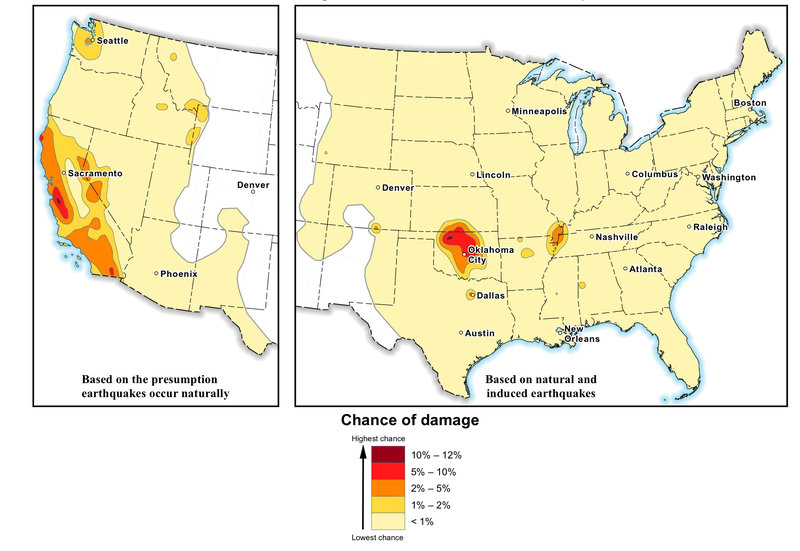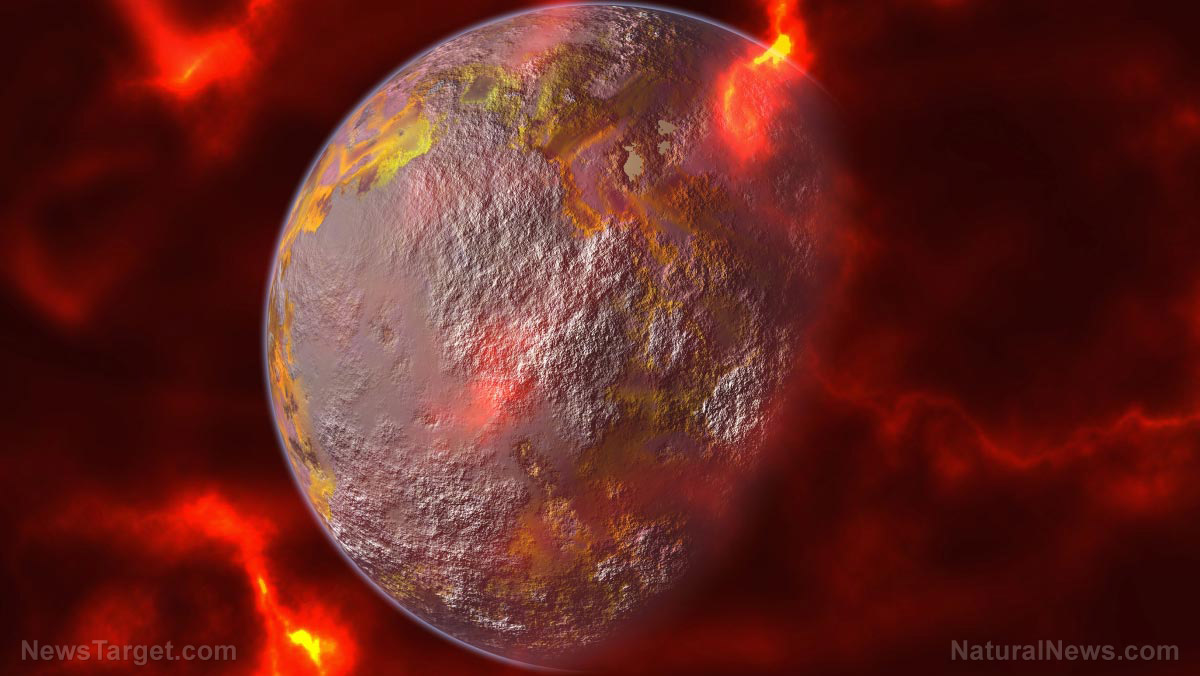A closer look at the Red Spot, finally: NASA’s Juno mission did a flyby
05/13/2019 / By Ralph Flores

Scientists were able to learn new things about Jupiter’s Great Red Spot after NASA’s Juno mission completed its flyby of the planet’s most prominent feature. The flyby happened on the sixth science orbit that the satellite completed of the planet.
“For generations, people from all over the world and all walks of life have marveled over the Great Red Spot,” said Scott Bolton, principal investigator of Juno from the Southwest Research Institute in San Antonio. “Now we are finally going to see what this storm looks like up close and personal.”
One of the critical points discovered during the flyby was the expanse of the Great Red Spot. According to the latest data, it extends up to 200 miles into the planet’s atmosphere. The roots of the Great Red Spot were at least 50 to 100 times deeper than the Earth’s oceans, and it had a warmer temperature than the top area. Scientists note that this difference in temperature is a factor in the area’s wind speeds. This data was detected using a unique device in the satellite, Juno’s Microwave Radiometer (MWR), which made it possible to look beneath Jupiter’s clouds to understand more about the phenomenon.
“One of the most basic questions about Jupiter’s Great Red Spot is: how deep are the roots?” says Bolton. “Juno data indicate that the solar system’s most famous storm is almost one-and-a-half Earths wide, and has roots that penetrate about 200 miles into the planet’s atmosphere.”
In addition to this, scientists discovered two new radiation zones. The new zones were located near the equator, just above the planet’s atmosphere. The area was composed of energetic hydrogen, oxygen, and sulfur ions that were noted to move at nearly light speed. These particles are from energetic neutral atoms which were made in the gas around the moons Io and Europa.
For this flyby, Juno reached perijove (defined as the point in the orbit where it comes closest to Jupiter’s center) on July 10, 2017. During the perijove, the satellite was 2,200 miles above the planet’s cloud tops.
The satellite also picked up high-energy ion population signatures within the inner edges of the Jupiter’s radiation belt — the region that contains electrons that move close to the speed of light. While these particles remain to be unclear, they were detected as high-noise signatures that appeared in the mission’s radiation monitoring.
The Great Red Spot is what we call the massive storm that has been brewing in Jupiter’s southern hemisphere. According to experts, the wind speed in this area is recorded to be greater than any storm on Earth. It has been observed since 1830, and scientists have estimated that this storm has been going on for more than 350 years. As of April 3, 2017, its diameter has been measured in at 10,159 miles which is at roughly 1.3 times the earth’s diameter.
The Juno mission started with the launch of the satellite on August 5, 2011, in Cape Canaveral, Florida. It arrived in Jupiter on July 4, 2016, and has already completed eight science passes over the planet.
Jupiter is the most massive planet in our solar system. In terms of volume, the planet can hold more the 1,300 earths. Its magnetic field is one of the strongest among all the planets in the solar system — enough to damage NASA’s Galileo satellite in an earlier exploration of the planet. (Related: NASA spacecraft missions have proven that Mars, Saturn, Jupiter, and Venus have all suffered “climate change” … without any human activity whatsoever.)
To learn more about new discoveries about Jupiter, head over to Space.news today.
Sources include:
Tagged Under: breakthrough, discoveries, flyby, flyby mission, Great Red Spot, Juno, Jupiter, planets, radiation belt, science, solar system, Space, space exploration, Space Mission



















